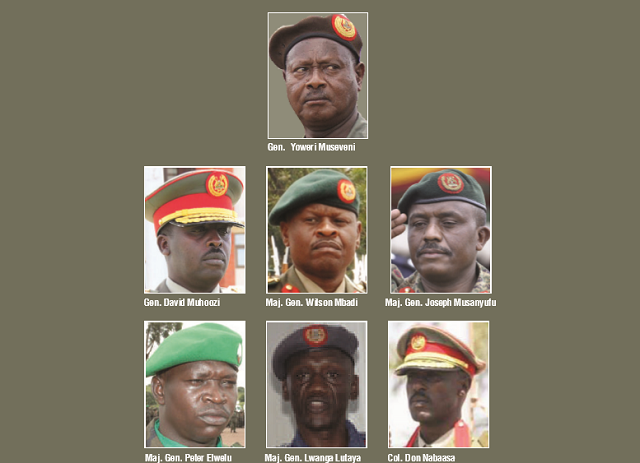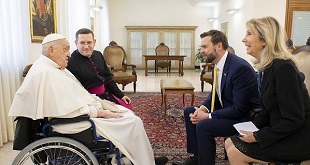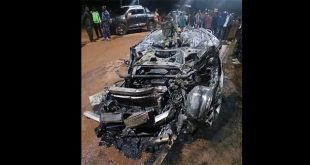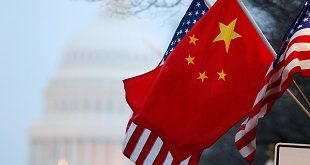
Understanding Museveni’s move on Muhoozi, Mbadi, Elwelu, Musanyufu
Analysis on President Museveni’s recent UPDF reshuffle has focused on General Katumba Wamala and Maj.General Muhoozi Kainerugaba’s deployments but this might have easily been the biggest shake up of the in recent times, military analysts say.
Insiders are calling it an extensive re-organisation of the army in which Museveni dropped under performers, rewarded performers and loyalists, took care of regional interests and provided for systemic promotions.
Museveni also appears to have set out to put his most tested commanders in strategic positions.
The UPDF is structured in layers. Right at the top, is the core leadership of the army. In this group is the Commander in Chief (CiC), while this role is constitutionally not necessarily for an active soldier, President Yoweri Museveni plays one and makes almost all the critical decisions. Apart from CiC, the other big players are the Chief of Defence Forces (CDF) and the Joint Chief of Staff (JCOS). This team works closely with the core administrative team, which comprises the Personnel and Administration (CPA).
Right under the core leadership of the army, are heads of services and below them are division commanders. This makes up the core leadership of the UPDF. It was also the focus of this reshuffle.
Museveni appointed Gen. David Muhoozi and Maj. Gen Wilson Mbadi as the Commander of Defence Forces and Deputy respectively. The two are both from western Uganda. They replaced General Katumba Wamala from Buganda and Maj. Gen Charles Angina from northern Uganda.
Having removed Katumba, Museveni promoted an officer from Buganda, Brig. Joseph Musanyufu to Maj. General and appointed him to the third topmost position of (JCOS).
To cater for other regions, Museveni moved heads of services. He promoted Elwelu to the rank of Maj.Gen and put him in charge of the most powerful service, the Land Forces. Before this, Elwelu was in charge of the 2nd Division.
Elwelu recently commanded the operation in the Rwenzururu region intended to defuse the tensions between the security forces and loyalists of King Charles Wesley Mumbere. The operation saw the army crash into Mumbere’s palace and kill hundreds of his guards and arrest more. It appears to have put an end to the attacks that had resulted in multiple deaths. The UPDF and Elwelu specifically have come under attack for allegedly using undue force in what the opposition is now referring to as a massacre and for which leaders from Kasese have petition the International Criminal Court to try Elwelu and Museveni.
Elwelu also led the first group of fighters in Somalia at a time when the al Shabaab militants still held territory in the war-torn country.
In another service; the powerful Special Forces Group, President Museveni pulled out his son Maj.Gen. Muhoozi Kainerugaba and appointed him Senior Presidential Advisor Special Operations. Museveni’s move on Muhoozi appears to have been sudden and forced, analysts say.
Under UPDF operating procedures, a service such as SFG, Land Forces, or Air Forces is supposed to be led by a Brigadier or an officer of higher rank.
In 2012 when Gen. Kainerugaba was promoted to the rank of Brigadier, the army said this was necessary to enable him head Special Forces, which had just been expanded into a service.
This time, however, Museveni in a puzzling move appointed Don Nabaasa to head but only promoted him from Colonel to Lt. Colonel. As if to cement the tentativeness of this appointmen, Nabaasa is to serve in acting capacity. The SFC is a major cog in Museveni military organisation and his personal protection. It appears odd that he would remove his son; Gen. Kainerugaba, without a substantive replacement at the required level of brigadier in place.
The only officer of this rank could have been Brig. Steven Sabiiti, who was Gen. Kainerugaba’s deputy. But Sabiiti is not in Uganda. He was supposed to go to for further training at the National Defence College, Fort Leavenworth in the United States but was denied a visa by the U.S Embassy in Kampala, apparently over SFC’s involvement in suppression of the human rights activists and opposition leaders.
Insiders Sources say he is attending another school in Russia and is set to return soon. Before he left, he handed over his role of Deputy Commander SFC to Col. Nabaasa, and that is how Nabaasa ends up as the acting chief of the force. Speculation in the service is that when Sabiiti returns, he will head SFC if Gen. Kainerugaba is not reinstated.
However, a senior military source told The Independent that Sabiiti “might return and be deployed elsewhere” because no one can read the mind of the appointing authority with 100% certainty.
Recent trends shows that, for Museveni, ejecting an officer from a command position to the “unclear” position of Senior Presidential Advisor is either a soft landing for cadres capping of a career in the forces that he wants to keep on a salary, a sign of displeasure with officers he wants to keep on a leash, or errant poor performers he cannot fire anyhow because they are close to him. Indeed, that is what happened when the president’s younger brother, Gen. Caleb Akandwanaho aka Salim Saleh, fell out favour.
 The Independent Uganda: You get the Truth we Pay the Price
The Independent Uganda: You get the Truth we Pay the Price



